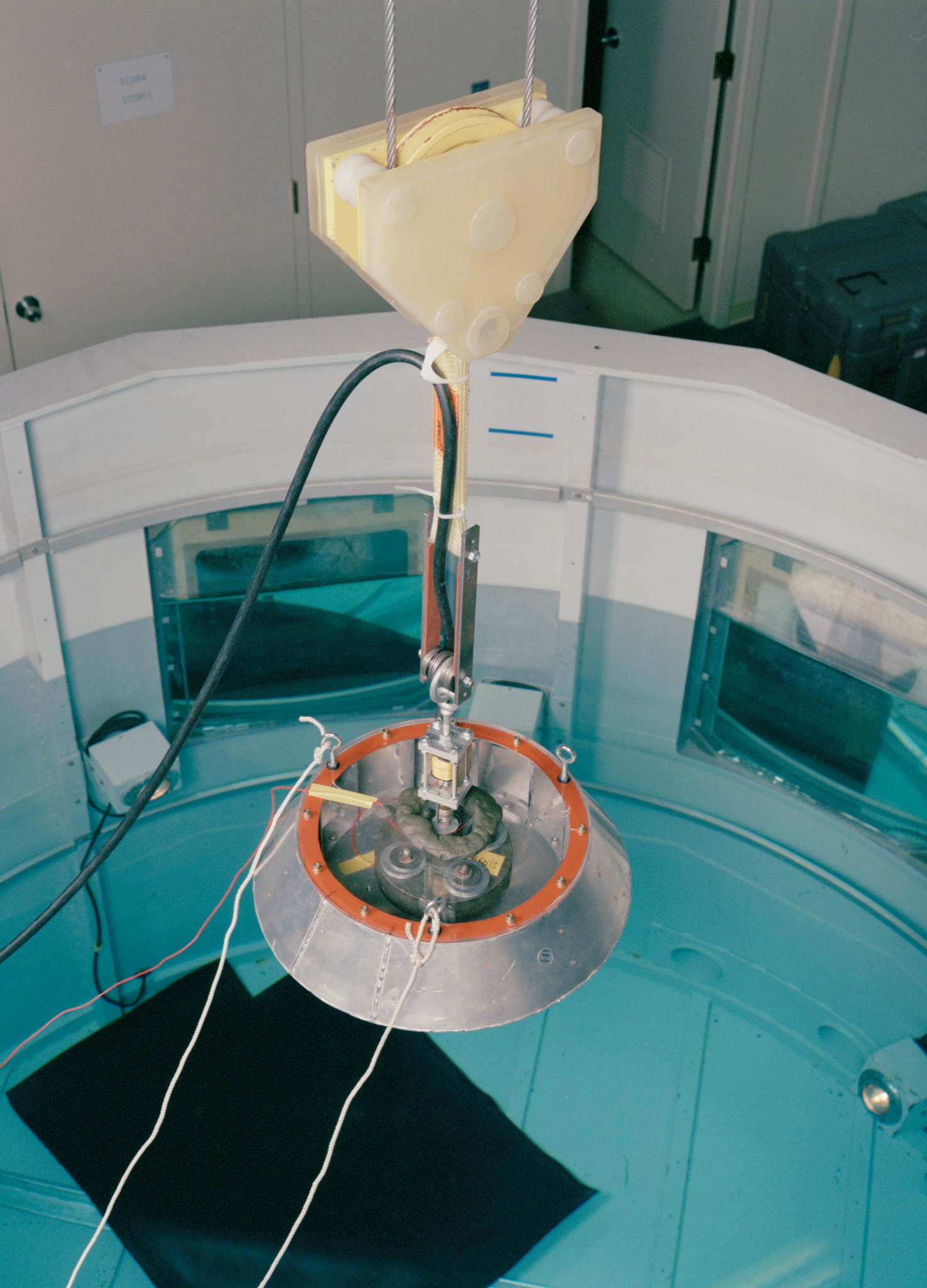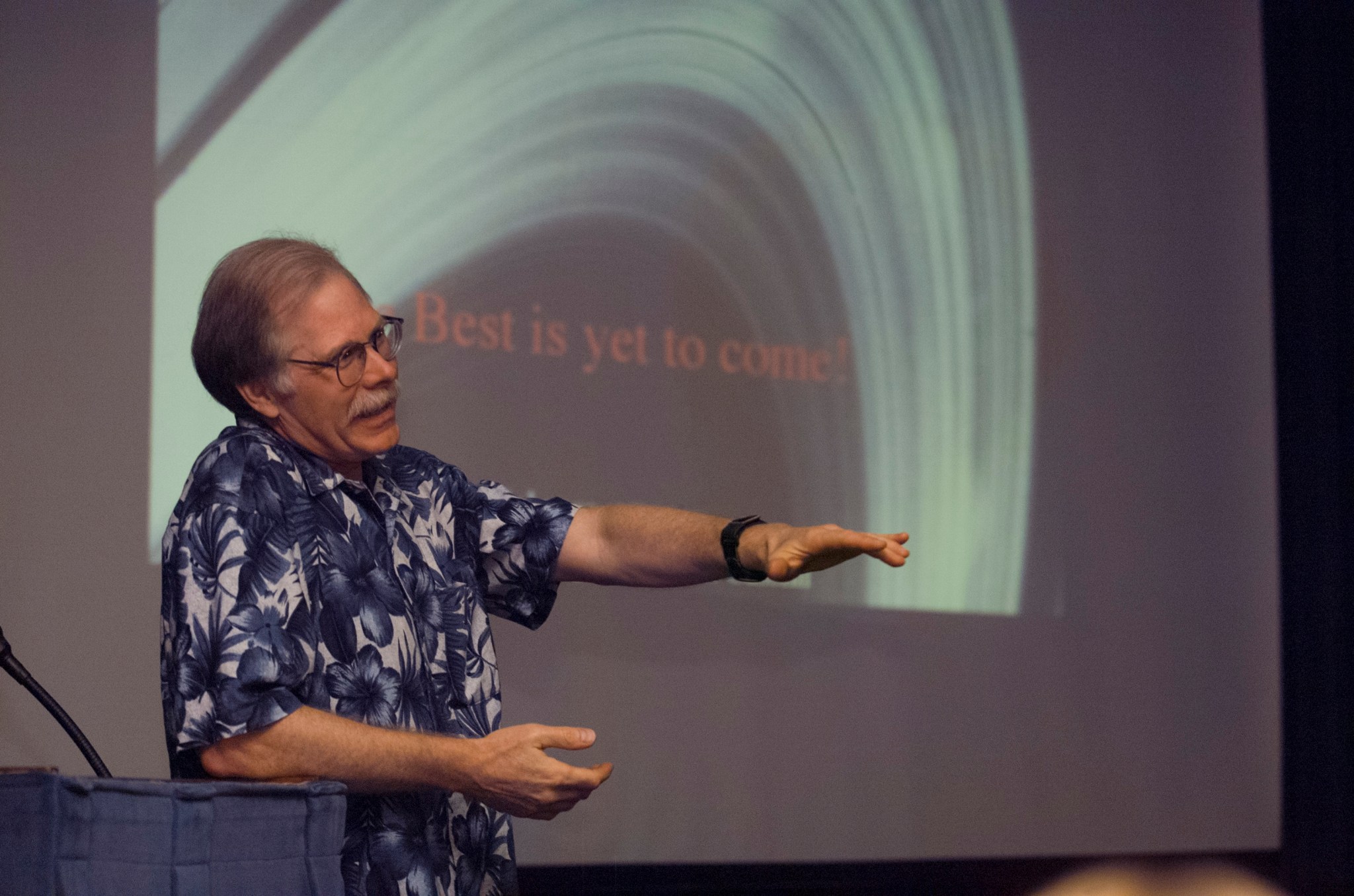On September 15, a month before the twentieth anniversary of its launch on October 15, 1997, NASA’s Cassini spacecraft plunged into Saturn’s atmosphere in the conclusion of 13 years of exploration of Saturn, its rings and moons.
Cassini provided new understanding of the planet’s rings, atmosphere and internal structure. Studying its moons, Cassini discovered liquid methane lakes on Titan, and revealed an ocean beneath Enceladus’ ice-covered surface, with geysers propelling its water into space. These discoveries offer insight into the formation of our own planet, and help guide the search for life in our solar system and beyond.
“Saturn is the second-largest planet in the solar system, and with its rings and many moons, perhaps the most complex,” said Dale Cruikshank, an astronomer and planetary scientist at NASA’s Ames Research Center, in California’s Silicon Valley, and collaborator on Cassini. “As such, it is a window on the earliest history of the solar system, and with the rich inventory of organic molecules found on some of those moons, gives us clues to an understanding of the origin of life on Earth and possibly elsewhere.”
Cassini also carried the Huygens probe that landed on Titan, previously thought to be an ocean world. When the probe descended through the haze clouding Titan’s surface, it landed in what looked like a desert, amongst the moon’s liquid methane rivers, lakes and seas. Both here and on Enceladus, Cassini discovered organic material – basic structures made of carbon and hydrogen that, although not an indication of life, can tell us about how life may have begun.
Though Titan was known to have organics, based on data taken from Earth, their complexity was far greater than expected in the late 1970’s when early designs for a Titan Entry Probe began at NASA’s Ames Research Center. This initial work benefited the European Space Agency, which ultimately partnered with NASA to provide the Huygens probe for the mission.
From Studying Rings to Searching for Life
A mission to Saturn was chosen, among other things, to gain a better understanding of its rings, identified by Voyager as worthy of further research, and Titan, which Voyager discovered was clothed in thick atmospheric haze. Upon Cassini’s arrival, Enceladus was also identified as a target of study because of its odd placement for a moon. It orbits within Saturn’s E ring, one of the farthest from the planet and almost transparent.
“Saturn’s E ring is entirely unique compared to the main rings, and it’s all because of Enceladus,” said Jeff Cuzzi, the Cassini team’s interdisciplinary scientist for rings. “The moon has a molten south polar ocean, with geysers and jets streaming away from it with salty, liquid water, with organic material in it. The water comes out, freezes in space into little ice grains, which get caught in orbit and form the E ring.”
These geysers could provide an incredible opportunity for future missions to look for life in the waters. Although the search for life wasn’t part of Cassini’s original mission, it emerged from Cassini’s results, which revealed several worlds in the system that could potentially harbor life, such as Titan and Enceladus.
This potential for life is the reason Cassini’s voyage had to end in such dramatic fashion. The spacecraft was locked in orbit around Saturn, and eventually would have crashed somewhere in the system. On future missions to these moons, we need to be certain any lifeforms we discover weren’t hitchhikers from Earth on the surface of a crashed spacecraft or probe.
By burying Cassini in Saturn, we got one last close-up look at the gas giant, and disposed of the spacecraft safely, keeping its moons uncontaminated for future missions.
Saturn Requires Intergenerational Science
Cassini’s voyage to Saturn took seven years, following almost a decade of planning and preparation. Future exploration here will face the same challenge of the lengthy trip to the outer solar system. Any mission to Saturn requires multiple generations of scientists.
“The intergenerational collaboration that doing science in the outer solar system requires is incredible,” said Chris McKay, a planetary scientist at Ames and one of the original collaborators on the Huygens probe as part of the Cassini-Huygens mission. “Any mission to the outer solar system is lengthy; just before any of these missions arrive, it’s helpful to recruit new team members – people that are in middle school right now. It’s a reminder that these discoveries are bigger than any one of us.”
And many of those discoveries are still to come. Cassini’s grand finale was not its end. The data it collected up until its last radio signal was sent home has forever changed how we look at Saturn, our solar system, and the place life may have in it. Its legacy lies not only in its incredible images of a beautiful planet, but also in the paths forward and possibilities it has presented.
Author: Frank Tavares, NASA’s Ames Research Center
Media contact: Darryl Waller, NASA’s Ames Research Center




























